Date: 26 September 2013
Video Walks Viewers Through Testing and Highlights Benefits of SentryGlas® One popular application for laminated glass panels, in both hot and cold climates, is in minimally supported horizontal structures, such as roofs and canopies, where they are used to provide maximum light throughput while protecting people from the full impact of solar radiation and other environmental phenomena, such as rain and snow.Like the more traditional vertical applications, such as façades and rain screens, architects have to have faith in the ability of the materials they are using to prevent injury and/or damage to people and assets below should the glass panel break due to foreign body impacts. For horizontal structures, they must also take into account fall-through protection. For this reason, many building codes around the world specify laminated glass for these horizontal structures.
In demanding testing, SentryGlas® has proved to be extremely effective in both glass retention and fall-through protection when compared to tempered glass and PVB-based laminates. Indeed, in the same tests above 50°C, unlike SentryGlas®, standard PVB laminates, stiff PVB laminates and EVA laminates eventually provided no barrier to fall-through after breakage.
The tests, defined using an ASTM accessible-glazing standard, involve dropping a shot-filled bag onto large point-supported glass panels with the objectives being to assess their mechanical behavior, evaluate their impact performance & post-glass breakage performance and assess the effects of temperature upon their mechanical properties.
View DuPont's short but informative video on www.sentryglas.com that takes viewers through the tests and highlights the performance benefits of using SentryGlas®. From the results and the video evidence, it is obvious that SentryGlas® is the clear winner and laminate of choice for the most demanding architectural applications.
Visit our website anytime at www.sentryglas.dupont.com.

.jpg)

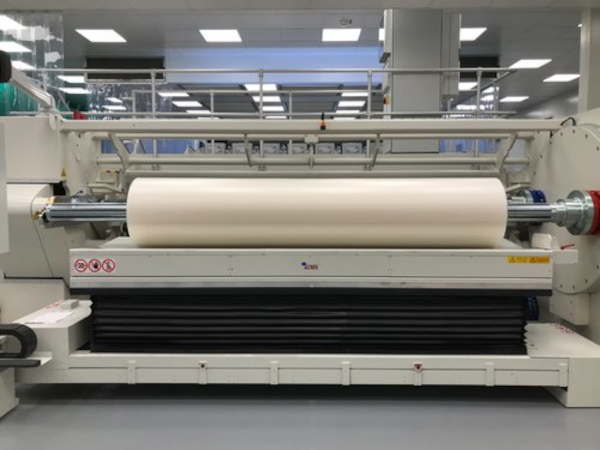
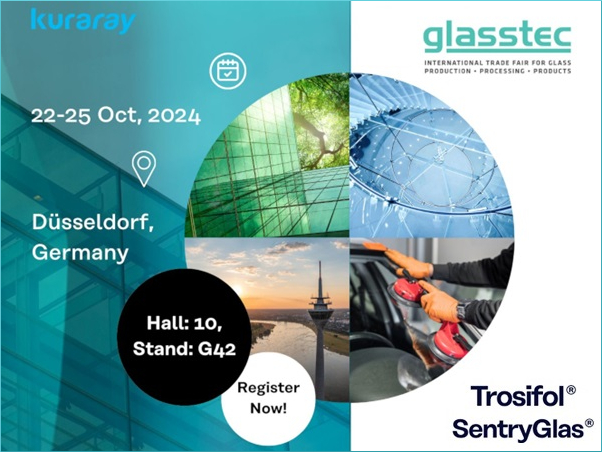
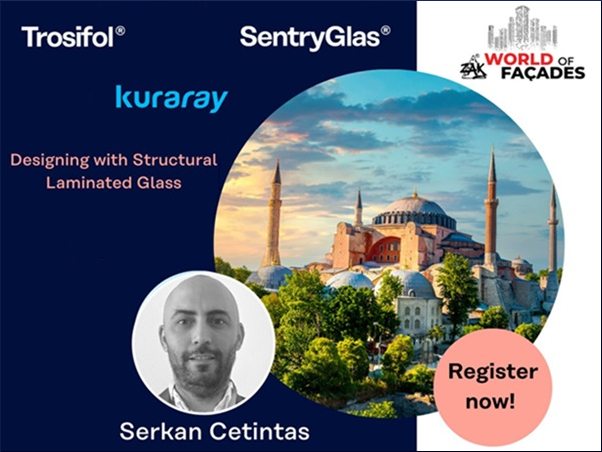

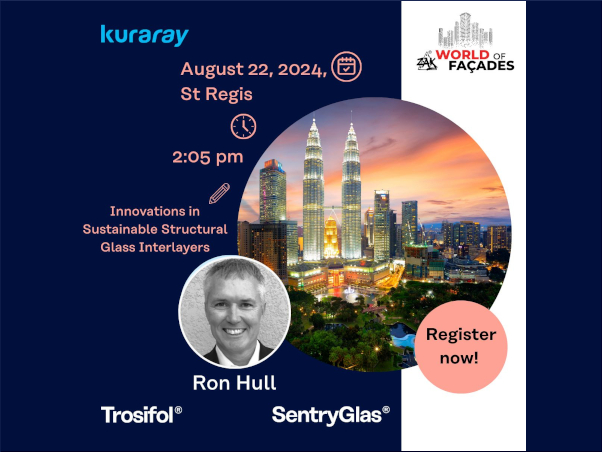




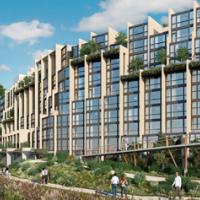

Add new comment